Full text
PDF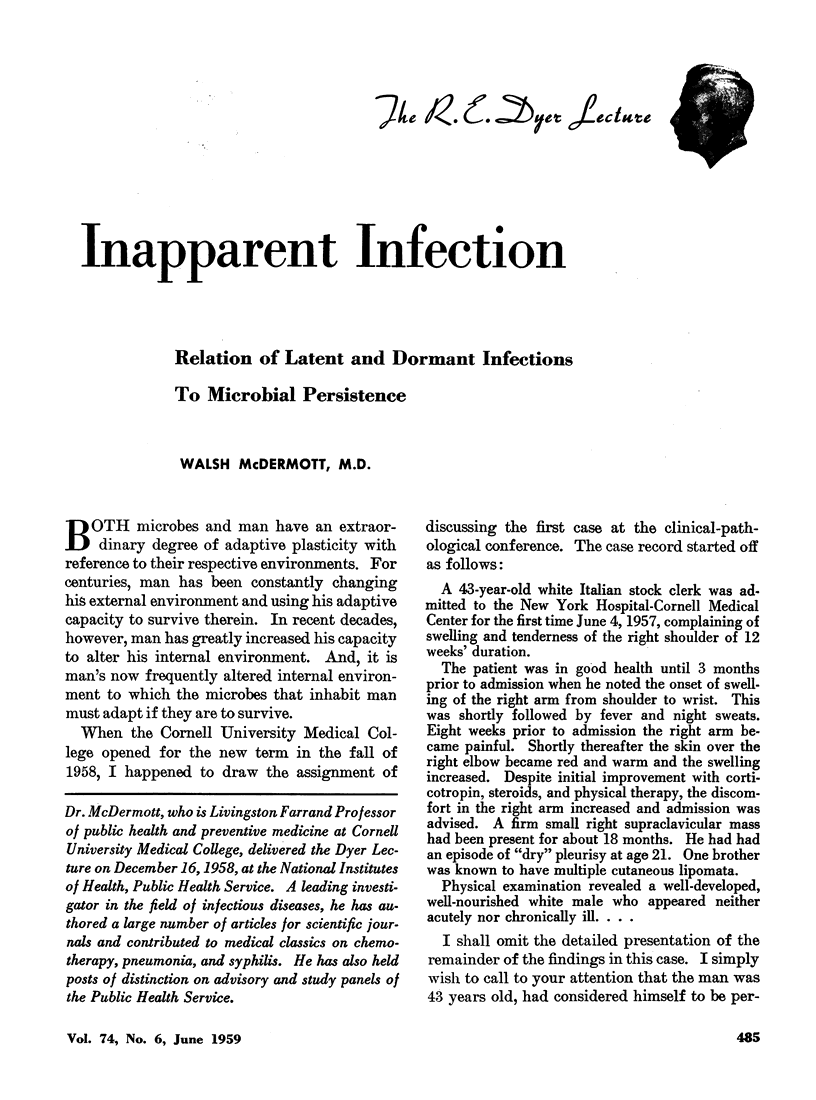
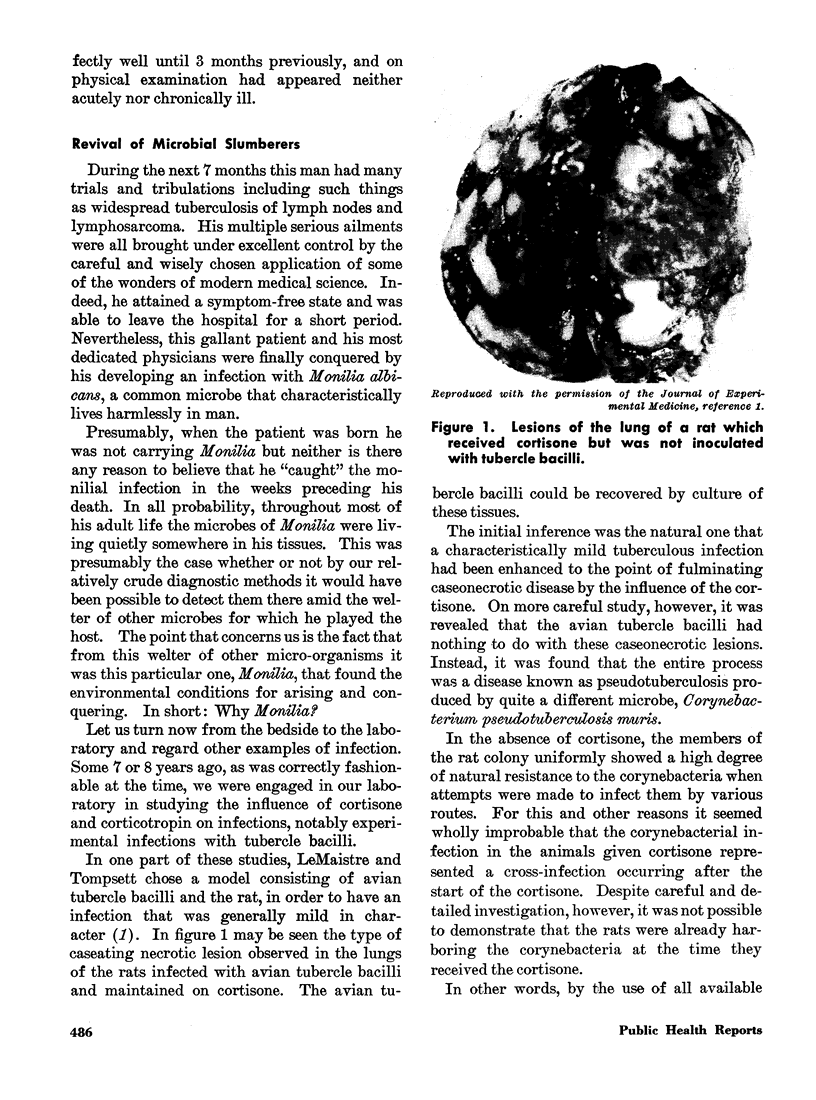
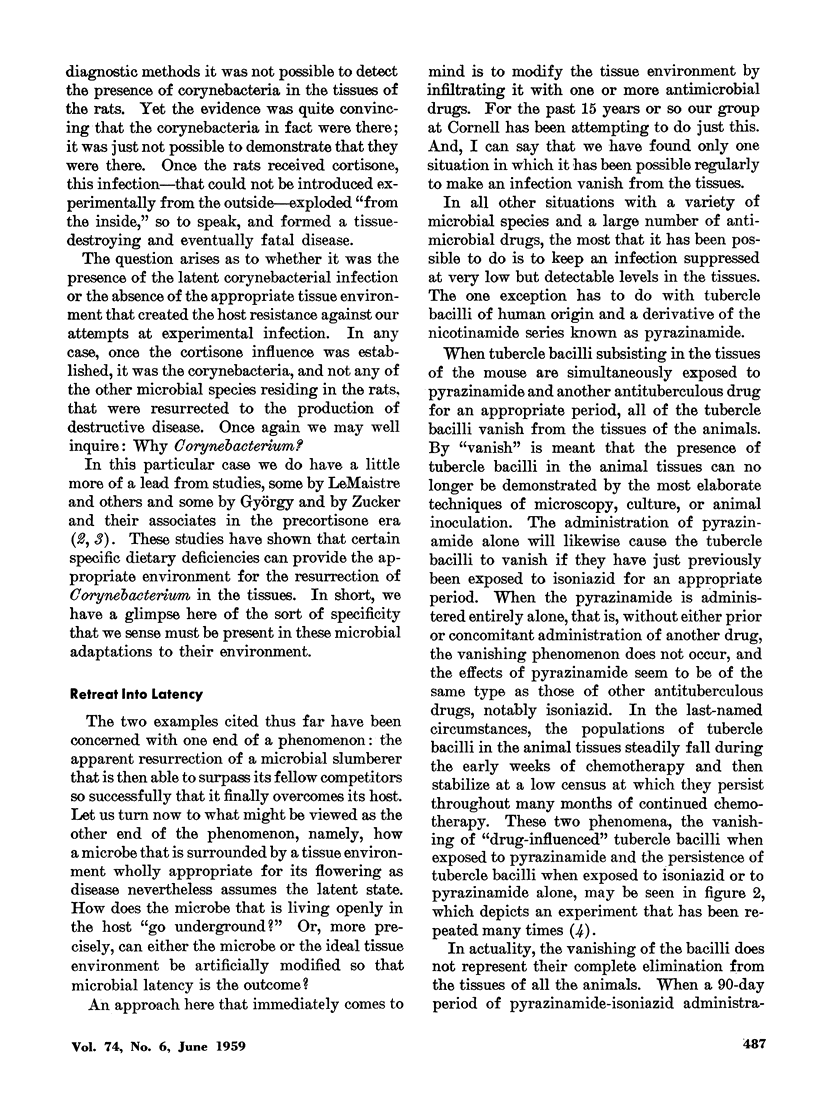

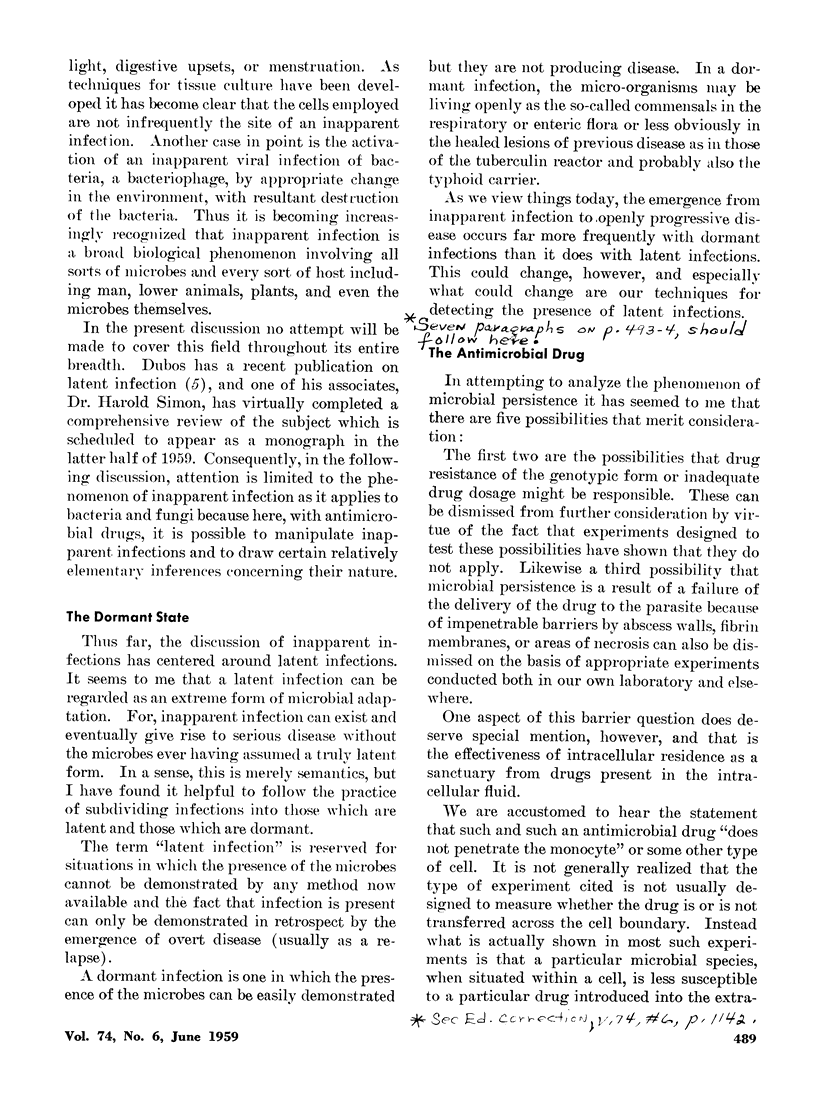
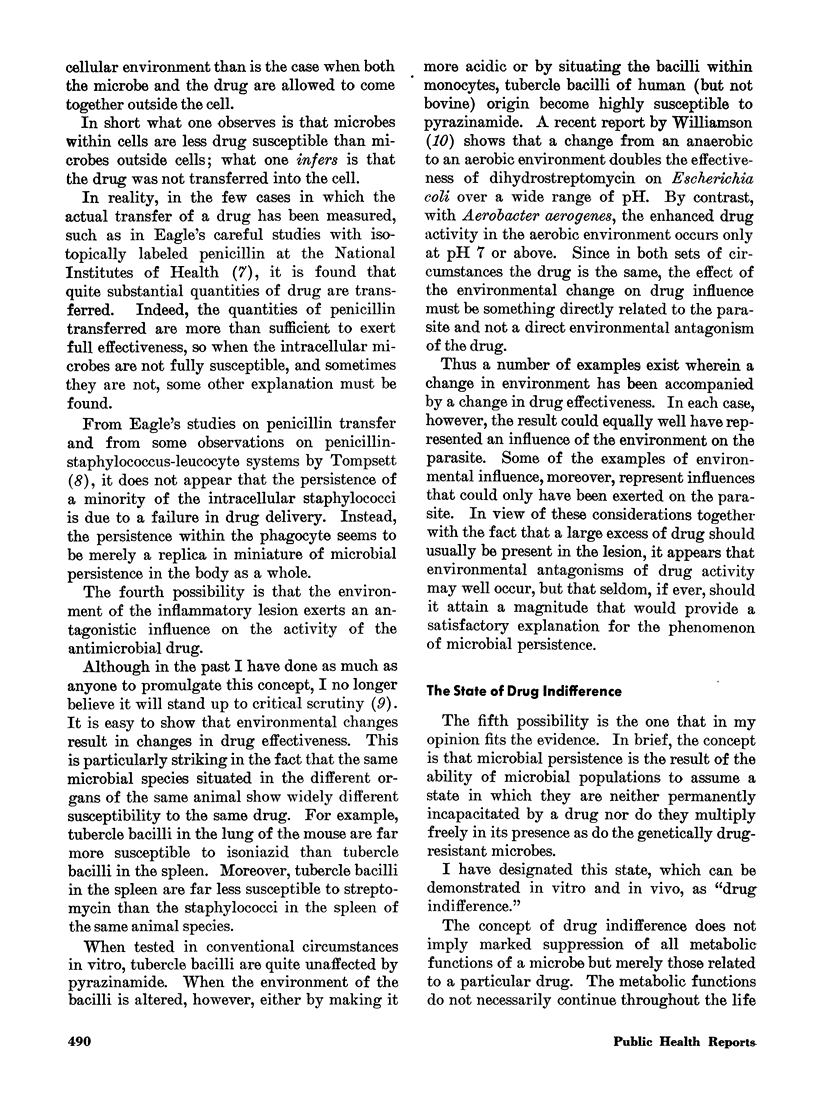
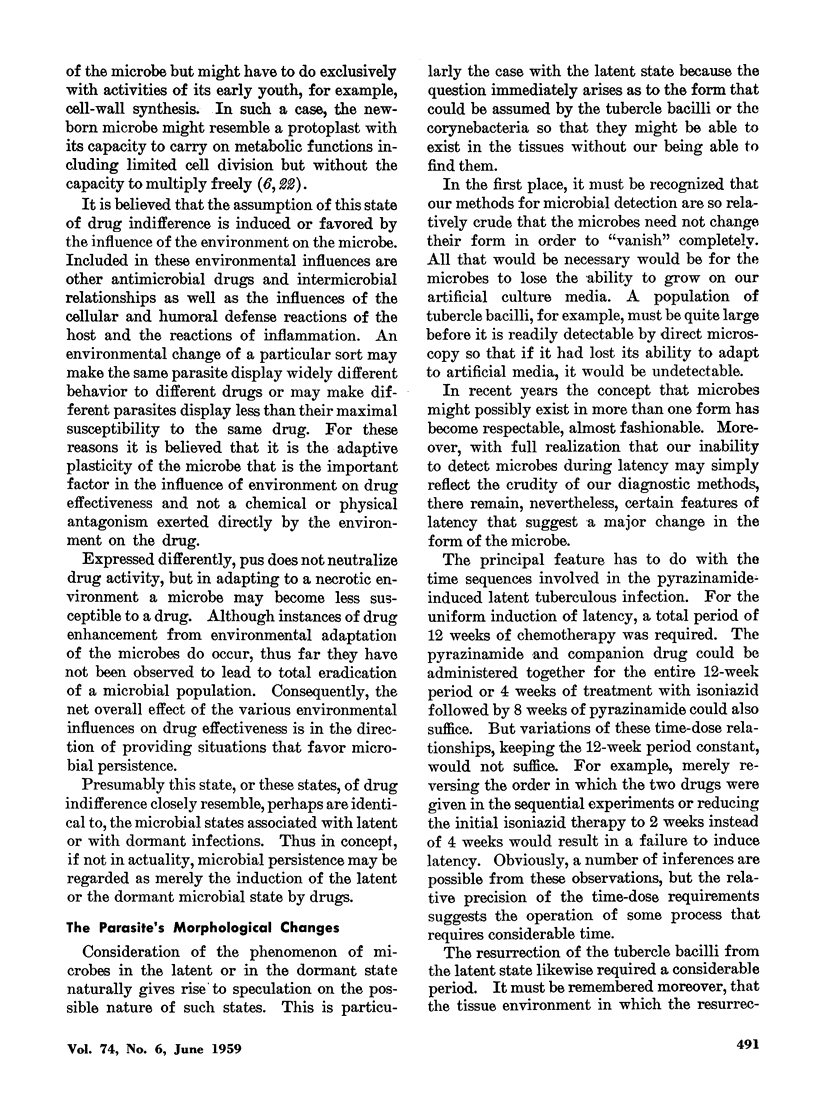
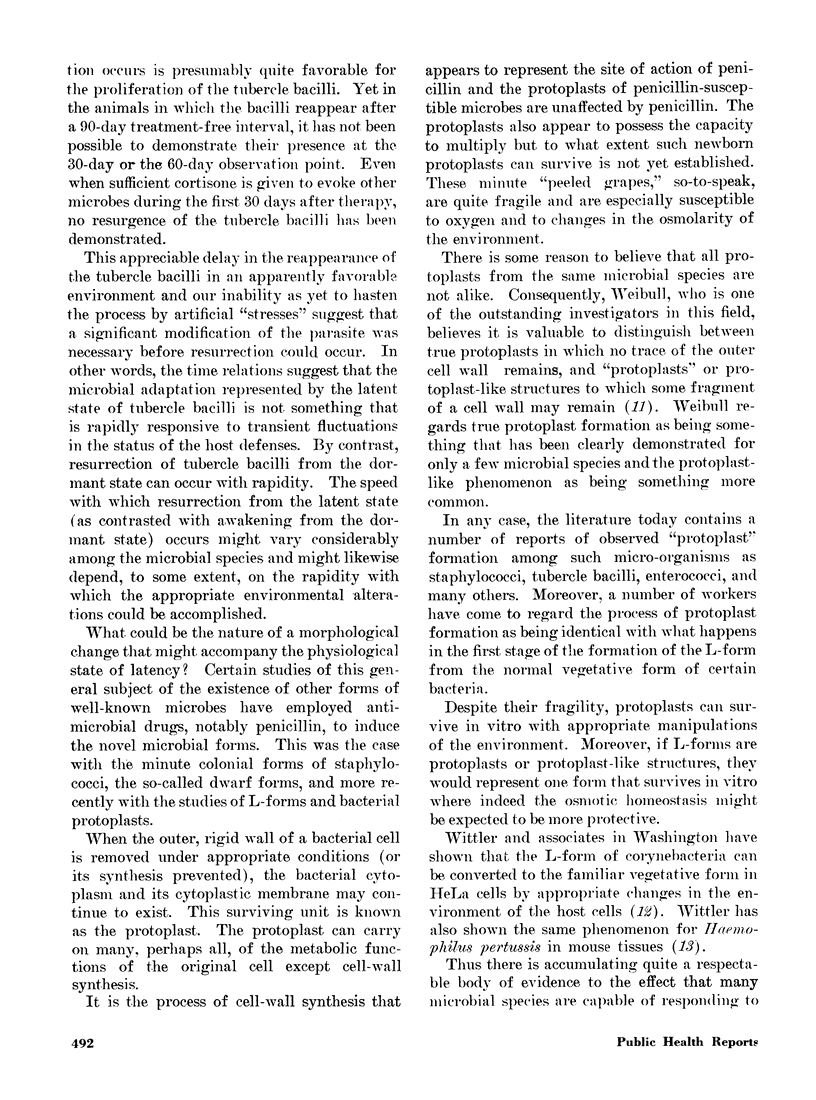
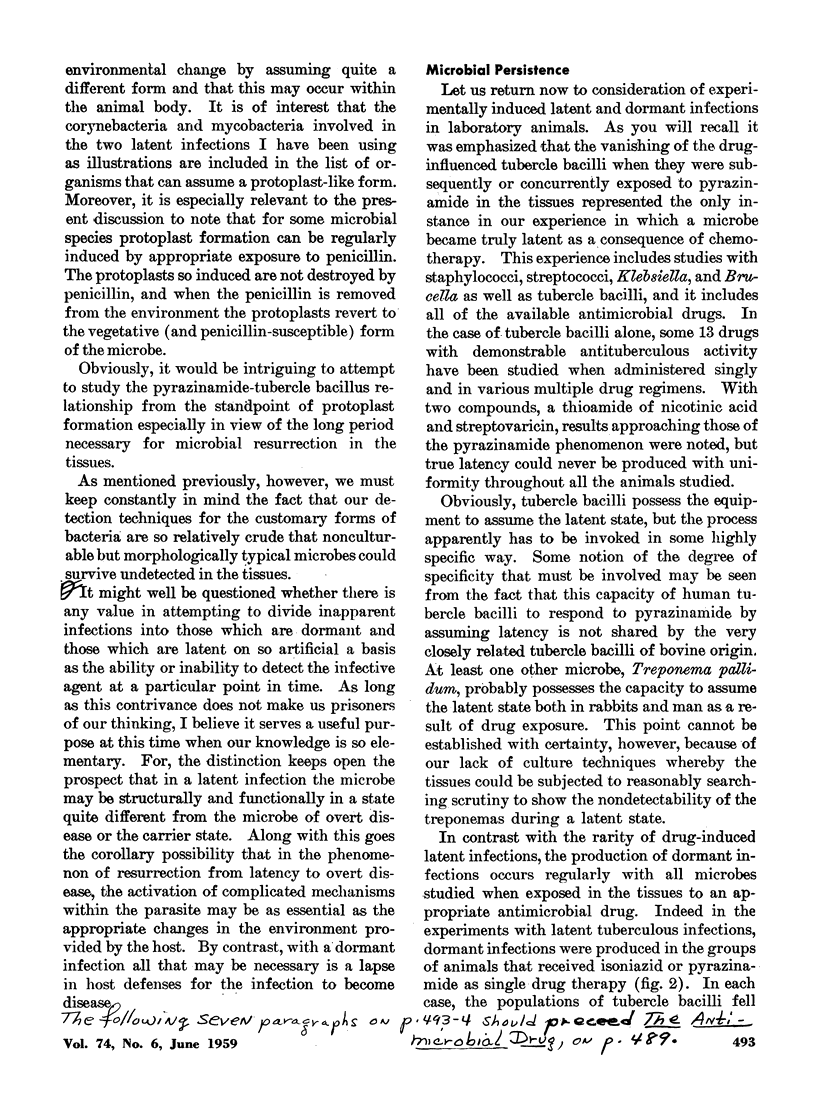
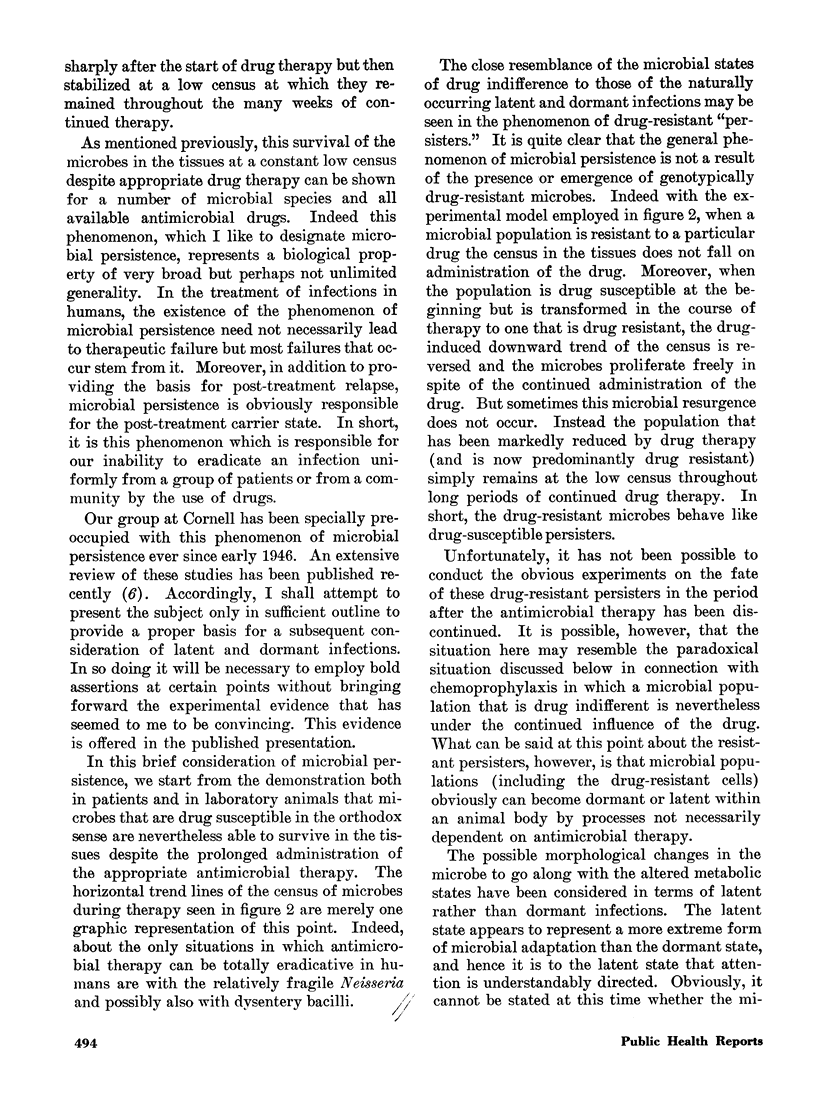

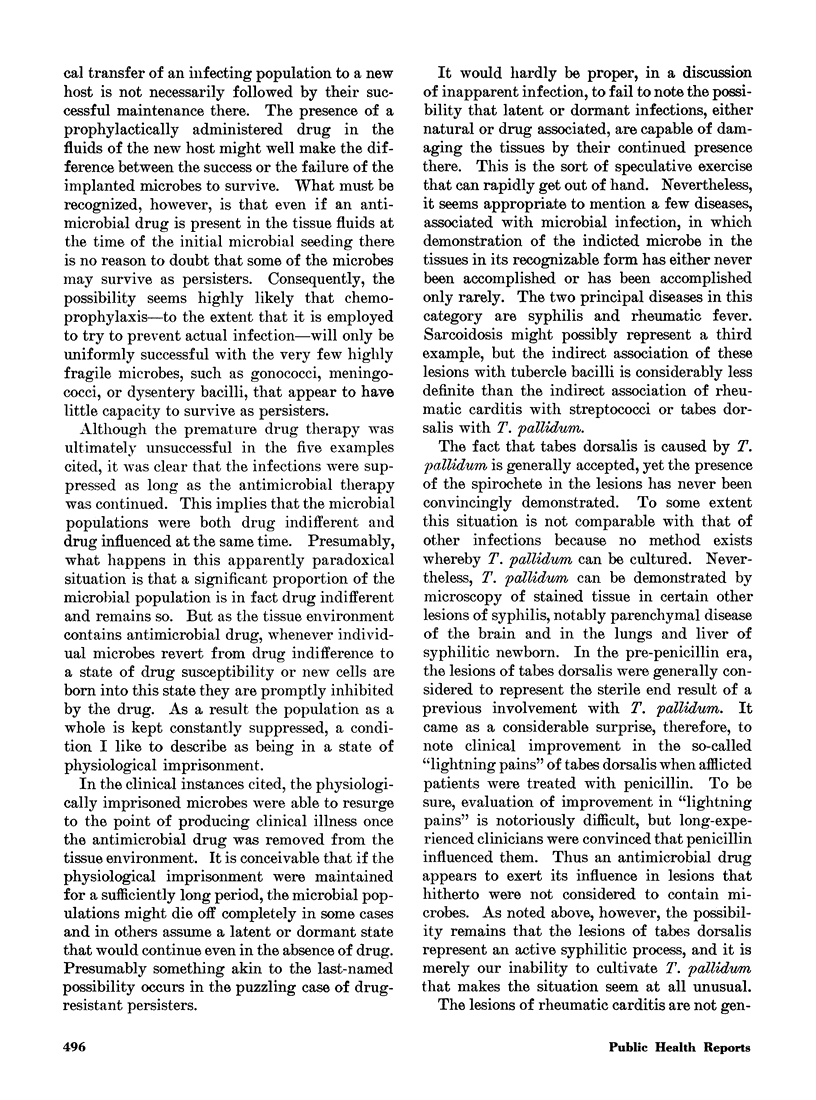
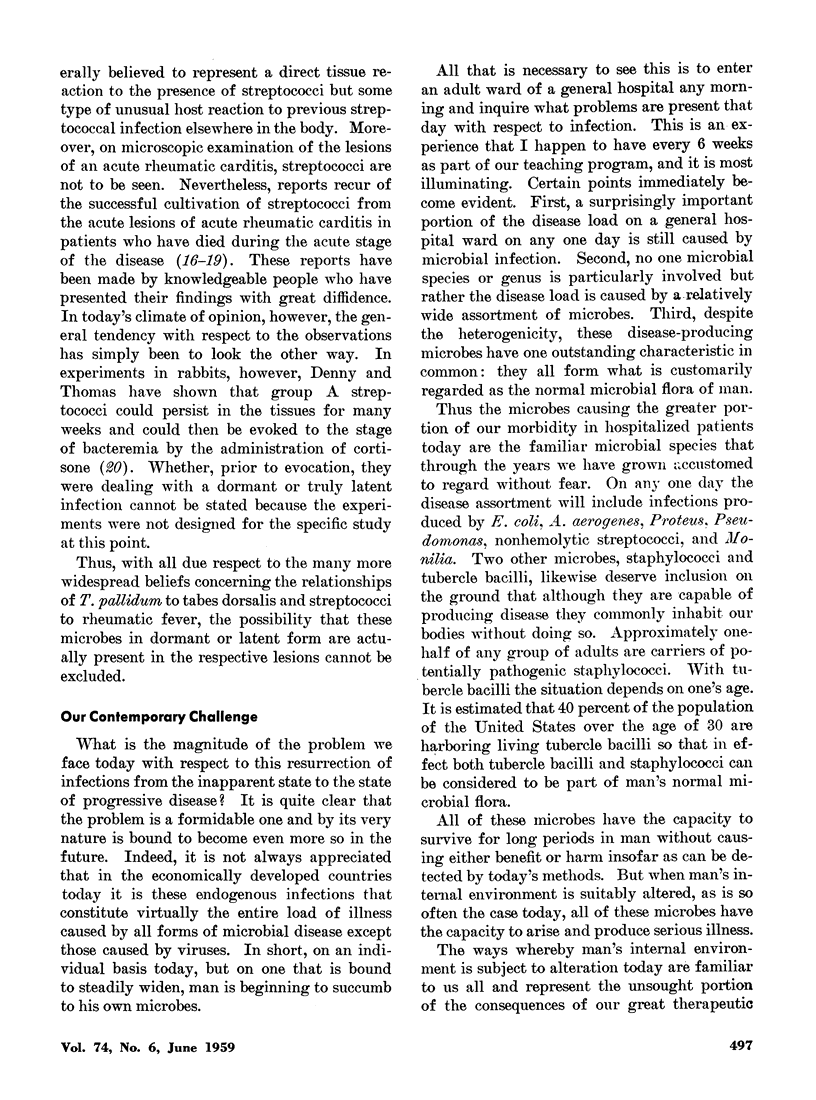
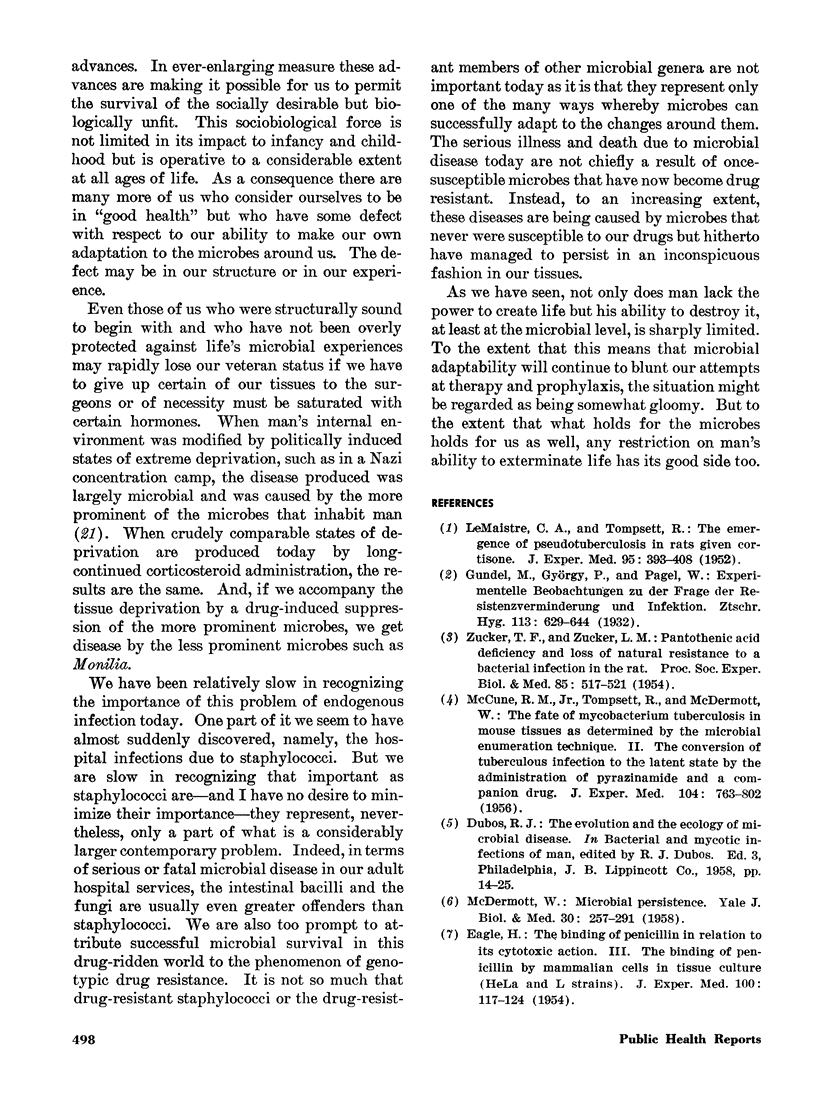
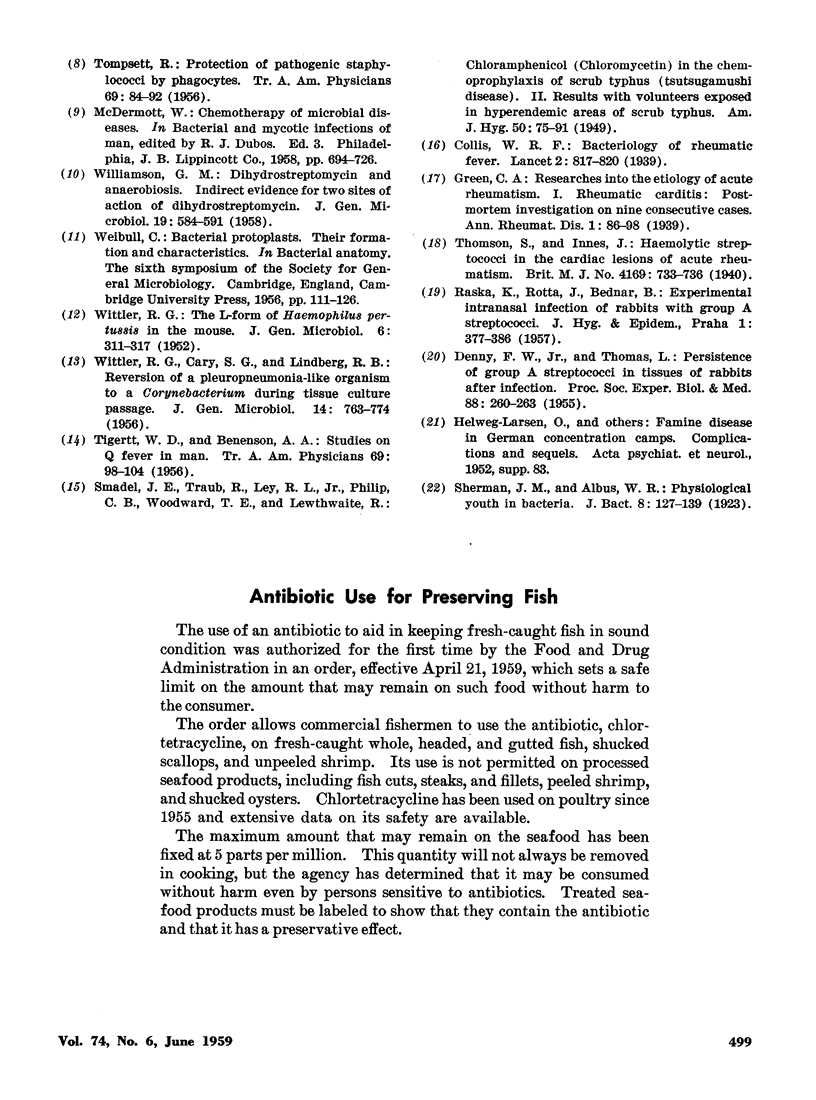
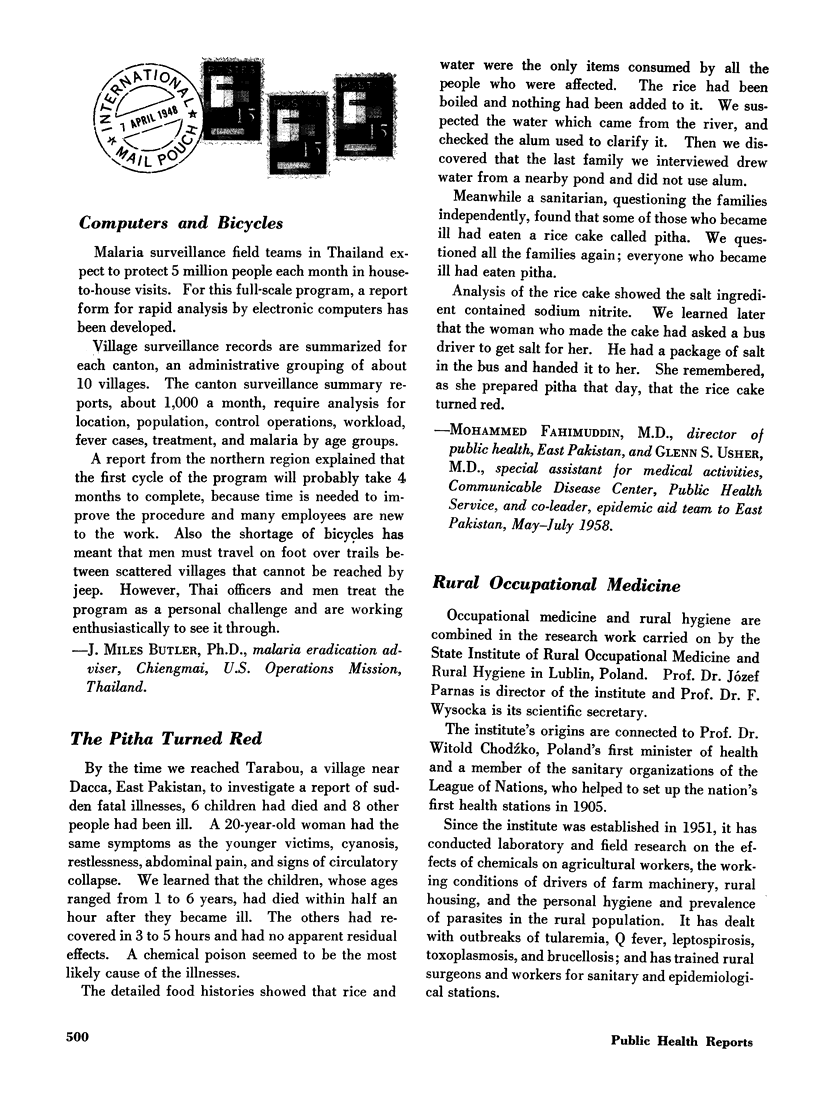
Images in this article
Selected References
These references are in PubMed. This may not be the complete list of references from this article.
- BENENSON A. S., TIGERTT W. D. Studies on Q fever in man. Trans Assoc Am Physicians. 1956;69:98–104. [PubMed] [Google Scholar]
- DENNY F. W., Jr, THOMAS L. Persistence of group A streptococci in tissues of rabbits after infection. Proc Soc Exp Biol Med. 1955 Feb;88(2):260–263. doi: 10.3181/00379727-88-21557. [DOI] [PubMed] [Google Scholar]
- EAGLE H. The binding of penicillin in relation to its cytotoxic action. III. The binding of penicillin by mammalian cells in tissue culture (HeLa and L strains). J Exp Med. 1954 Jul 1;100(1):117–124. doi: 10.1084/jem.100.1.117. [DOI] [PMC free article] [PubMed] [Google Scholar]
- Green C. A. Researches into the AEtiology of Acute Rheumatism: I. Rheumatic Carditis: Post-Mortem Investigation of Nine Consecutive Cases. Ann Rheum Dis. 1939 May;1(2):86–98. doi: 10.1136/ard.1.2.86. [DOI] [PMC free article] [PubMed] [Google Scholar]
- LeMAISTRE C., TOMPSETT R. The emergence of pseudotuberculosis in rats given cortisone. J Exp Med. 1952 Apr;95(4):393–408. doi: 10.1084/jem.95.4.393. [DOI] [PMC free article] [PubMed] [Google Scholar]
- MCCUNE R. M., Jr, MCDERMOTT W., TOMPSETT R. The fate of Mycobacterium tuberculosis in mouse tissues as determined by the microbial enumeration technique. II. The conversion of tuberculous infection to the latent state by the administration of pyrazinamide and a companion drug. J Exp Med. 1956 Nov 1;104(5):763–802. doi: 10.1084/jem.104.5.763. [DOI] [PMC free article] [PubMed] [Google Scholar]
- McDERMOTT W. Microbial persistence. Yale J Biol Med. 1958 Feb;30(4):257–291. [PMC free article] [PubMed] [Google Scholar]
- RASKA K., ROTTA J., BEDNAR B. Experimental intranasal infection of rabbits with group A streptococci. J Hyg Epidemiol Microbiol Immunol. 1957;1(4):377–386. [PubMed] [Google Scholar]
- Sherman J. M., Albus W. R. Physiological Youth in Bacteria. J Bacteriol. 1923 Mar;8(2):127–139. doi: 10.1128/jb.8.2.127-139.1923. [DOI] [PMC free article] [PubMed] [Google Scholar]
- TOMPSETT R. Protection of pathogenic staphylococci by phagocytes. Trans Assoc Am Physicians. 1956;69:84–92. [PubMed] [Google Scholar]
- WILLIAMSON G. M. Dihydrostreptomycin and anaerobiosis; indirect evidence for two sites of action of dihydrostreptomycin. J Gen Microbiol. 1958 Dec;19(3):584–591. doi: 10.1099/00221287-19-3-584. [DOI] [PubMed] [Google Scholar]
- WITTLER R. G., CARY S. G., LINDBERG R. B. Reversion of a pleuropneumonia-like organism to a Corynebacterium during tissue culture passage. J Gen Microbiol. 1956 Jul;14(3):763–774. doi: 10.1099/00221287-14-3-763. [DOI] [PubMed] [Google Scholar]
- WITTLER R. G. The L-form of Haemophilus pertussis in the mouse. J Gen Microbiol. 1952 May;6(3-4):311–317. doi: 10.1099/00221287-6-3-4-311. [DOI] [PubMed] [Google Scholar]
- ZUCKER T. F., ZUCKER L. M. Pantothenic acid deficiency and loss of natural resistance to a bacterial infection in the rat. Proc Soc Exp Biol Med. 1954 Mar;85(3):517–521. [PubMed] [Google Scholar]



